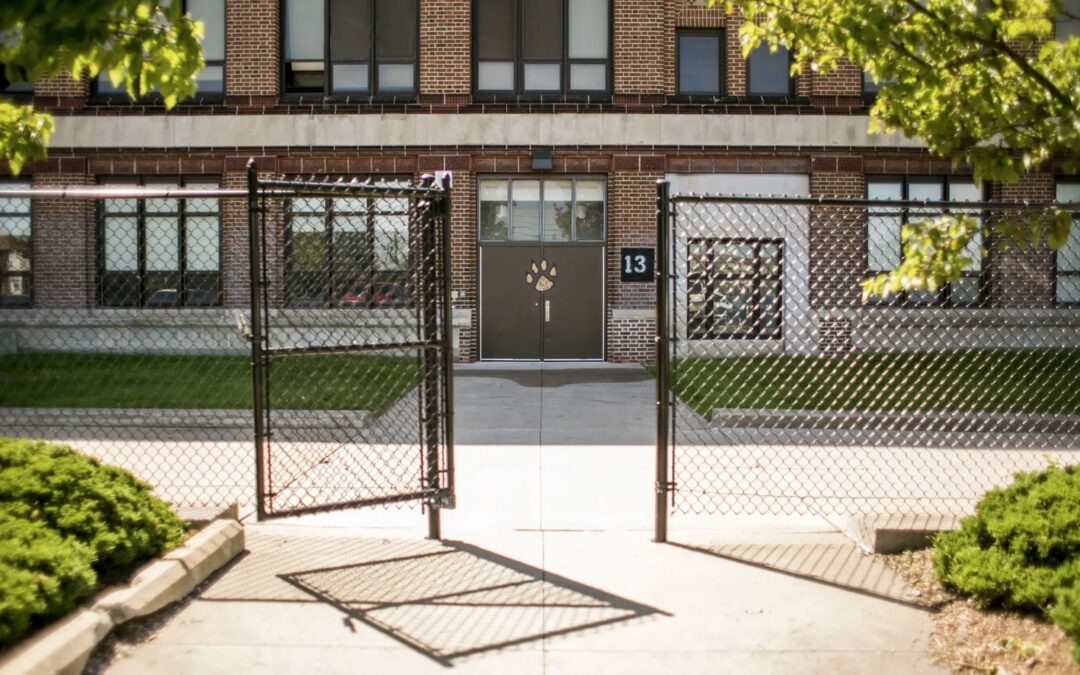We were interested to read this article in US educational publication Chalkbeat, responding to the Biden administration pledge to direct $100 billion to upgrade and build school facilities with a focus on “making sure our schools are safe and healthy places of learning … for example by improving indoor air quality and ventilation.”
The article looks at the evidence to show links between air factors and student performance:
What we do know from research is a child’s surroundings — both in and outside of schools — affects their health and cognitive function.
A big factor is air quality. Studies have found that children who attend school near a source of pollution have worse test scores, attendance rates, or both. This link has been shown for coal-fired power plants in Chicago and North Carolina and highways and toxic chemical sites in Florida. Other research has found diesel-fueled school buses in Georgia lower students’ test scores.
Moreover, research suggests students learn less, and attend class less regularly, when in poorly ventilated classrooms.
The impact of these air quality issues is fairly small, but the results are consistent and apply to millions of students, and particularly low-income students of color. The Chicago study, for instance, showed that being near a coal plant reduced every student’s attendance by nearly a full day each school year, likely because of increased rates of health issues like asthma. One recent federal report found that the most common school facilities problem was faulty heating, ventilation, and air conditioning systems.
“There’s a great amount of research out there [on] outdoor air pollutants and indoor air pollutants,” said Witherspoon. “At the end of the day, they’re both not good.”
You can read the full article here
Linked article by Matt Barnum, Chalkbeat. Chalkbeat is a nonprofit news organization covering public education. Sign up for their newsletters here: ckbe.at/newsletters
Image credit:

